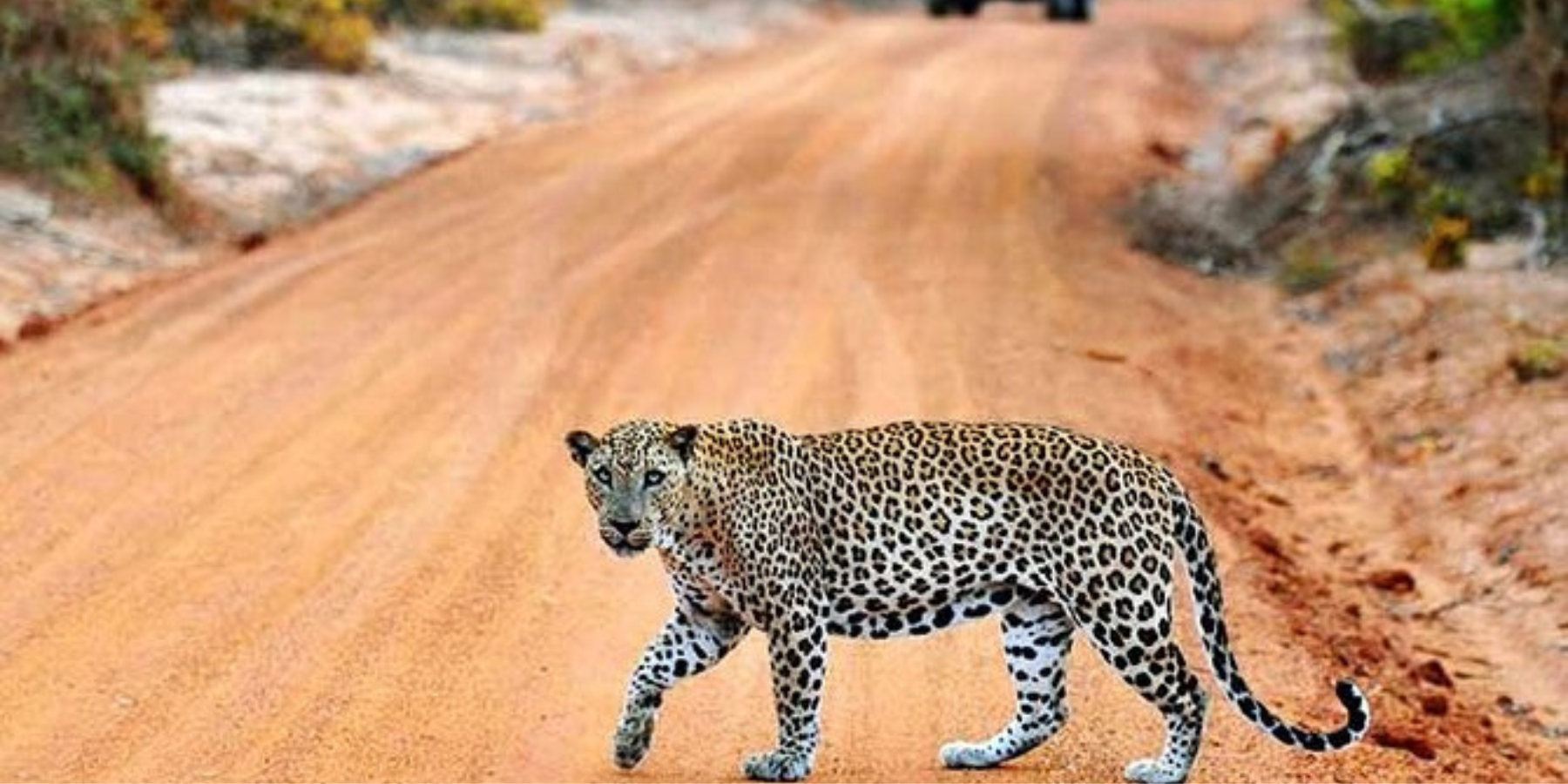Wilpattu National Park, Sri Lanka’s largest and one of its oldest protected areas, spans over 131,000 hectares. Established in 1938, the park is famous for its unique “villus,” natural rainwater-filled lakes that attract a variety of wildlife. These villus make Wilpattu a hotspot for nature lovers and safari enthusiasts.
Wildlife Encounters
The park is best known for its leopards, offering visitors nearly a 50% chance of spotting these majestic predators. Besides leopards, Wilpattu is home to elephants, sloth bears, spotted deer, and an array of bird species. Over 30 mammal species and numerous wetland birds, such as the white ibis and pin-tailed whistling teal, thrive here. Birdwatchers will find the park an excellent destination to observe rare and colorful species.
A Journey into History
Wilpattu is not just about wildlife; it also carries historical significance. According to legend, Prince Vijaya, the founder of the Sinhalese kingdom, first landed here in the 5th century BC. The park contains archaeological sites with remnants of ancient structures that reflect its rich cultural heritage.
Why Choose Wilpattu?
Unlike busier parks such as Yala, Wilpattu offers a quieter and more intimate safari experience. Dense forests and open scrublands create diverse habitats that are perfect for wildlife exploration. The park reopened in 2010 after years of closure due to civil unrest, making it a hidden gem for those seeking serenity.
Tips for Visiting
The best time to visit Wilpattu is during the dry season from May to September when animals gather around water sources. Early morning or late afternoon safaris increase your chances of spotting wildlife. Guided jeep safaris are available, offering half-day or full-day tours to explore the park’s beauty.

